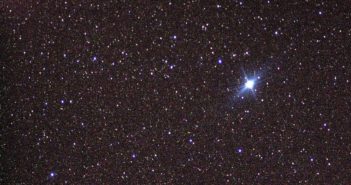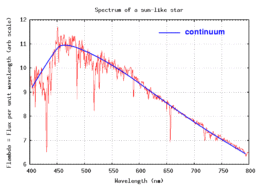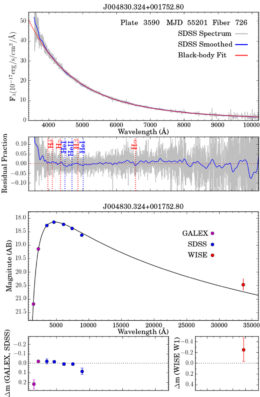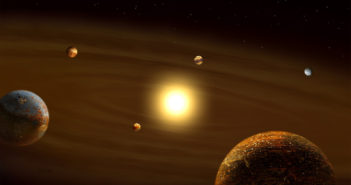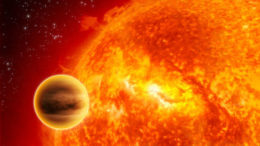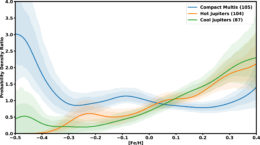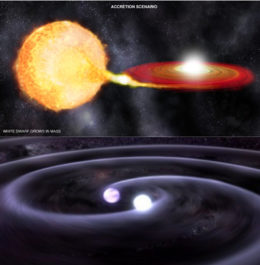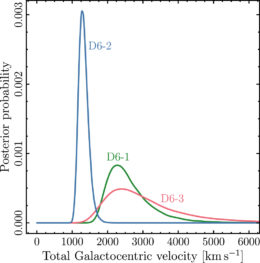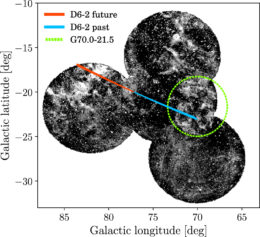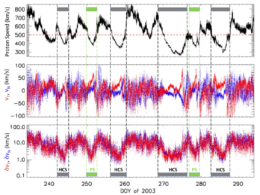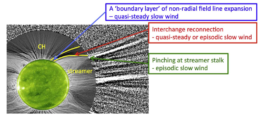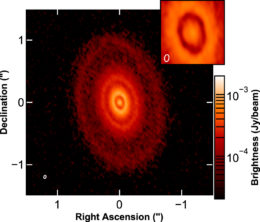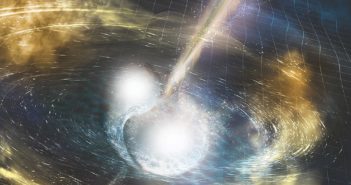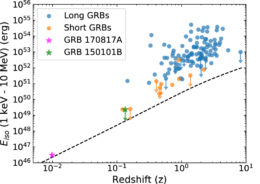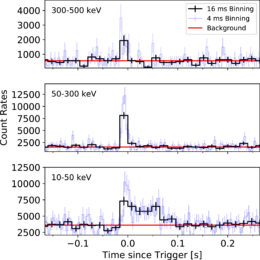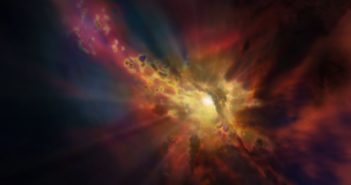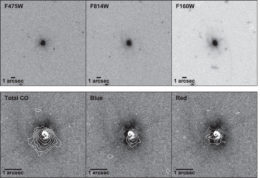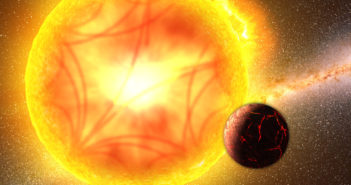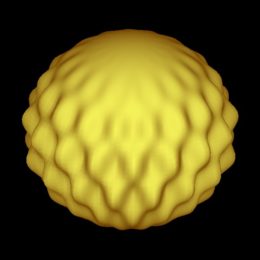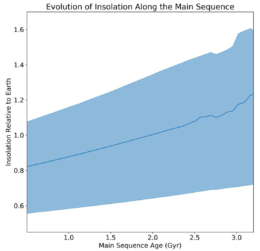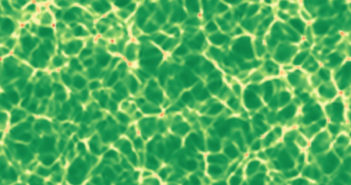
Electrons of the Interstellar Medium
The behavior of electrons in tenuous interstellar nebulae is up for discussion. What is the best way to describe the energies of electrons in these environments?
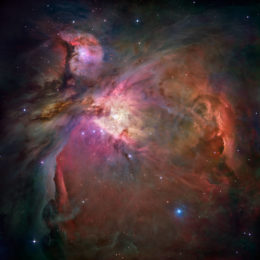
The gas of the Orion Nebula (M42) is ionized by the young high-mass stars at its center. H II regions like the Orion Nebula may host non-Maxwellian electron energy distributions. [NASA, ESA, M. Robberto (Space Telescope Science Institute/ESA) and the Hubble Space Telescope Orion Treasury Project Team]
Energetic Electrons
H II regions and planetary nebulae are bubbles of ionized gas surrounding young high-mass stars and dying low- to intermediate-mass stars, respectively. We can calculate the density, temperature, and composition of these nebulae by measuring the strengths of their emission lines, but we rely on assumptions about the plasma to interpret the observed line strengths.
Typically, we assume that the electrons in the diffuse, highly irradiated environments of H II regions and planetary nebulae adhere to a Maxwell-Boltzmann distribution, which describes the velocities of a system of particles in thermodynamic equilibrium. However, the observed line strengths don’t always match their theoretically predicted values, causing some astronomers to wonder if this assumption is correct.
A proposed alternative to the Maxwell-Boltzmann distribution is the κ-distribution, which has more particles with high velocities and has been used to describe electron populations in the hot, tenuous solar wind. Which distribution is a better fit for H II regions and planetary nebulae?

The calculated steady-state solution for an H II region. The steady-state solution only deviates significantly from a Maxwellian distribution above ~13 eV. [Draine & Kreisch 2018]
May the Best Distribution Win
Bruce Draine and Christina Kreisch of Princeton University approached this problem by deriving the steady-state electron energy distribution in H II regions and planetary nebulae from first principles.
The authors show that the steady-state electron energy distribution is very nearly Maxwellian. While there is a lingering high-energy tail, it contains only ~0.000005% of the electrons in the planetary nebula case and even fewer in the H II region case — not enough to cause the observed departure from theoretical line ratios.
However, it’s not enough to show that the steady-state solution is consistent with the expected Maxwellian distribution. The conditions in the plasma must allow the system to reach the steady-state solution within a reasonable amount of time. To explore this, the authors modeled the time evolution of a population of electrons with a highly nonthermal distribution.
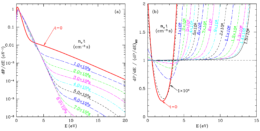
Time evolution of the electron energy distribution (left) and the evolution of the distribution relative to a Maxwellian (right). Click to enlarge. [Draine & Kreisch 2018]
Going Steady
Assuming typical values for H II regions and planetary nebulae, Draine and Kreisch find that the distribution quickly relaxes to the steady-state solution. For Orion-Nebula-like conditions — ~3,000 electrons per cubic centimeter — the relaxation time is only 30 seconds. For the more highly irradiated environs of planetary nebula NGC 7293 (the Helix Nebula), the relaxation time is longer, but still short enough to reasonably assume that the steady-state solution will be achieved.
These results show that the Maxwellian distribution is still the best way to describe electrons in H II regions and planetary nebulae. What is causing the unexpected emission line ratios, then? The authors point out that our models assume that the emission arises from plasma with only one temperature — but in reality, the electron temperature likely varies spatially over the region from which we observe the emission.
Citation
“Electron Energy Distributions in H II Regions and Planetary Nebulae: κ-distributions Do Not Apply,” B. T. Draine and C. D. Kreisch 2018 ApJ 862 30. doi:10.3847/1538-4357/aac891

